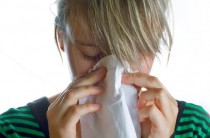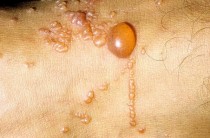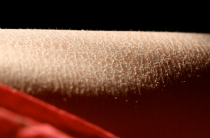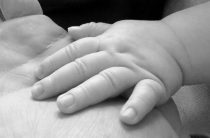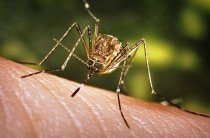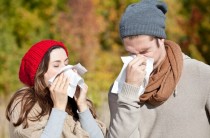Allergy in children is a type of immune defense to a substance that comes from the external environment. This irritant is called an allergen, and is perceived by the child's body as harmful. The response develops, as a rule, quite typically, manifested by coughing, rash, runny nose, sneezing. The disease is considered hereditary according to most scientists. If one of the parents of the child is allergic, then the likelihood of developing the disease in crumbs is high.
Symptoms vary depending on the type of allergy. Parents need to have information about the various manifestations of the disease in order to respond in a timely manner and not confuse an allergic reaction with another ailment. The consequences of neglecting allergies in a child can be very severe. A number of complications, such as bronchial asthma and Quincke's edema, can cause death. In this publication, we will analyze in detail all types of allergies in children.
Food allergies in children
This is the most common type of disease in children. Even in infancy, there is a relationship between the products from the mother's diet and the baby himself. For example, the use of citrus fruits, smoked meats, tomatoes, chocolate, honey by mothers often entails symptoms in a baby in the absence of a woman herself. In older children, allergens can be lactose, milk protein, egg white.
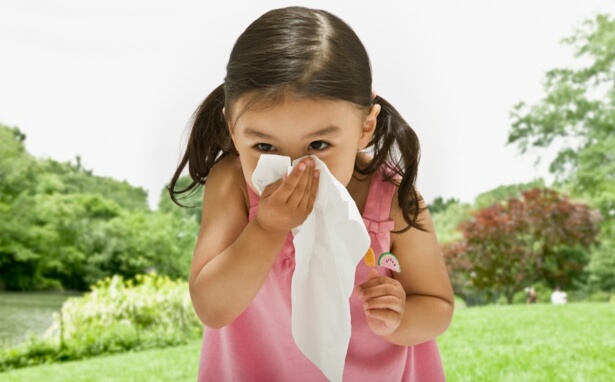
But do not assume that this type of allergy provokes breastfeeding. Artificers are much more likely to suffer from such reactions. They can develop during the transfer of crumbs to any of the mother's milk substitutes. The longer breastfeeding is, the less likely the baby is to have allergies .
Many babies develop a reaction to cow's milk, so it is introduced into the diet with great care. It cannot replace mother's milk.
The most common food allergens are:
- Fish;
- tomatoes;
- Citrus;
- Honey;
- Nuts;
- Eggs;
- seasonings;
- Some berries and fruits;
- Beets and carrots;
- Legumes.
skin allergy
In children at an early age, this type of disease develops in the form of exudative-catarrhal diathesis. Pink or red spots with peeling appear on the skin. Most often they are localized on the buttocks and / or face. To prevent their occurrence, special creams or ointments are not needed, it is enough to correct the diet in time. From the menu of the crumbs, it is urgent to remove all allergens.
If it was possible to eliminate skin manifestations, do not forget about them. The presence of diathesis indicates a child's predisposition to allergies. Most likely, the baby got the tendency genetically. There are a great many allergens, it is often very difficult to find out what exactly provoked such an immune reaction. You can make the correct diagnosis by contacting the allergy center.
Respiratory Allergy
This type of reaction is typical for childhood. It is manifested by the presence of rhinitis, conjunctivitis, bronchial asthma, alveolitis, laryngitis. There are many types of allergens, as a rule, a child encounters them in everyday life. It can be:
- Mattresses;
- Blankets;
- Pillows;
- Carpets.
A powerful allergen can be fish food. It is made from daphnia - small crustaceans. With high humidity, this type of allergy in children provokes the presence of mold spores. Allergens can be domestic flowers (for example, geraniums) or pets (not only cats and dogs, but also birds).
seasonal allergies
Rhinitis is the main symptom of this type of allergy, it is supplemented by swelling of the eyelids, tearing, itching of the eyelids, and sometimes fear of light. Seasonal allergies occur against the background of the flowering of certain plants. The allergen in this case is their pollen. Pollinosis (this is how doctors call this type of disease) is most often caused by oak, birch, pine, wormwood, ragweed, foxtail.
Seasonal allergies are easy to confuse with SARS, especially in a child, the symptoms are very similar. However, an allergic reaction occurs only during the flowering period of the allergen plant, in addition, it is not characterized by temperature, and nasal congestion has a slightly different character. With SARS, the disease develops, the temperature rises, the lymph nodes become inflamed, and recovery usually occurs after 7 days.

Allergic alevolite
It is considered the most terrible type of allergy, since as a result of its development, the lungs are seriously affected. It is possible to protect a child from it only by completely eliminating contact with the allergen. Most often, the disease is caused by:
- Fish flour;
- bird droppings;
- Corn;
- Elevator dust;
- Wet hay;
- Fungi.
Very often, this severe type of disease in children is provoked by parrots. At first glance, safe birds cause obstructive pulmonary dysfunction, so such a pet will have to be abandoned forever. Symptoms usually appear immediately after purchasing the bird. In a child, parents notice signs such as:
- Cough;
- Respiratory failure;
- Heat.
Unfortunately, parents often associate them not with a pet, but with a cold or flu. Be careful and control the condition of the child in case of purchase of any animal. In the event of a reaction, immediately exclude the crumbs from contact with a potential allergen and consult a doctor.
Allergy in children to the cold
This type of disease in children is considered relatively rare. In some babies, the body reacts very seriously to a decrease in ambient temperature. These children develop itching and a rash of the skin, sometimes there is swelling or the skin turns very red. If in adult patients this type of allergy manifests itself on the hands, then in children the symptoms are noticeable on the inner thighs and knees.
The reaction to cold resolves on its own within two hours after the interaction with the cold has ceased. Other, more serious symptoms are rare. It can be peeling or cracking of the lips, puffiness around the eyes, nasal congestion, nighttime wheezing, dry cough. To confirm this type of allergy, cold tests are required.


